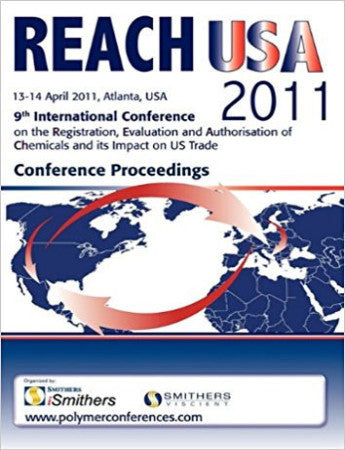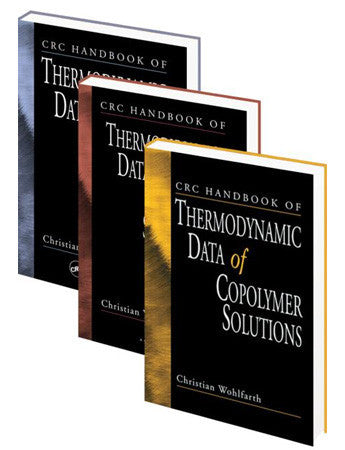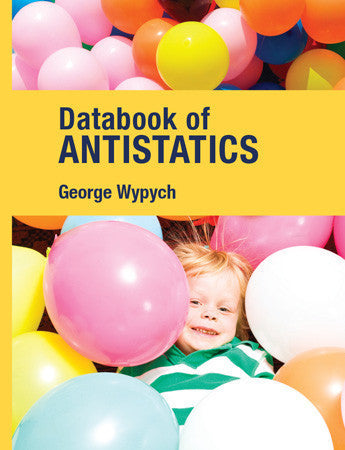In 2011 customers in the EU will begin facing the knock-on requirements of registrations from 2010, changes in classification under the EU implementation of the Globally Harmonised System (GHS), conditions imposed by Exposure Scenarios and even 'uses advised against'. Not only are there widespread concerns over the EU's implementation of the GHS for the classification, labelling, and packaging of substances (CLP), but 2011 also brings new obligations, such as the need to notify substances of very high concern (SVHC) to the European Chemicals Agency (ECHA). In the US plans to introduce the GHS will undoubtedly cause similar fears.
At the same time, the next registration deadline is only 2 ½ years away. This second phase of Registration presents additional management hurdles, as it involves a large number of substances that may be relatively 'data poor' compared with substances registered in 2010. Companies must already begin planning, in particular with regards to budgeting for this next step in REACH.
2011, therefore, presents industry and regulators with a critical year for gaining experience with how REACH actually works in practice. In turn, changes in official guidance and a legislative review in 2012 offer the possibility of improvements to the workability of REACH.
Whether you're a cosmetics company, an aerospace manufacturer or a raw material supplier, REACH applies to you. These proceedings cover all the presentations from the conference which enveloped some of the vital lessons that have been learned, how the next deadlines in 2013 will affect the way you do business and what damage limitation controls can be put in place for 2011 when many fail to meet their obligations.
Session 1: REACH – Experiences & Updates
Paper 1 Keynote Presentation REACH update and progress on registration
Eva Sandberg, European Chemicals Agency (ECHA), Finland
Paper 2 Managing dossiers – deadlines and updates
Dr. Steffen Erler, Smithers Viscient, UK
Paper 3 Lessons learned from REACH implementation and thoughts for going forward to 2013
Thomas G Grumbles, Cardno ENTRIX, USA
Session 2: Technical Complexities
Paper 4 Navigating REACH from a small business perspective
April A Cesaretti, The HallStar Company, USA
Paper 5 Use of science in REACH regulatory affairs
Dr. Robbie Waites, SABIC Innovative Plastics, USA
Paper 6 Consortium Management – How will best practice evolve in the period to 2013
Paul Ashford, Caleb Management Services Ltd, UK
Session 3: Tools & Methods
Paper 7 Legal interpretations and challenges Ruxandra Cana, Field Fisher Waterhouse LLP, Belgium PAPER UNAVAILABLE
Paper 8 Sens-it-iv: in vitro methods for sensitisation Erwin Roggen, Novozymes AS, Denmark
Paper 9 Exposure in the supply chain: from development to implementation
Tine Vandenbrouck & Elke Van Asbroeck, Apeiron-Team NV, Belgium
Paper 10 The extended safety datasheet – challenges and opportunities
Dr. Mark Pemberton, Lucite International UK Ltd, UK
Session 4: Safe Use, Restriction, and Authorisation
Paper 11 From use descriptors to safe use - one more step in the REACH journey
Barry Clayton, Reichhold Inc, USA
Paper 12 SVHC duties as we move towards notification and authorisation
Eva Sandberg, European Chemicals Agency (ECHA), Finland
Paper 13 SIN list, restriction & authorisation
Jerker Ligthart &, Nardono Nimpuno International Chemical Secretariat, Sweden
Session 5: Managing SVHCs
Paper 14 SVHCs in articles
Dave Bender, Tyco Electronics, USA
Paper 15 Managing substances of very high concern in the retail sector
Simon Brearley, The REACH Centre Ltd, UK
Paper 16 Impact of REACH and CLP for manufacturers of articles
Barry Podd, Kimberly-Clark Europe, UK
Session 6: Chemicals Policy
Paper 17 EU chemicals policy – beyond REACH
Mamta Patel, Chemical Watch, UK
Paper 18 TSCA reform: Learning hard lessons from REACH experience
Dr. Herb Estreicher, Keller & Heckman LLP, USA
Paper 19 REACH and the interplay of state and federal chemicals policy in the US: Lessons Learned
Prof Joel A Tickner, University of Massachusetts Lowell, USA
Session 7: GHS and CLP
Paper 20 CLP: The harmonisation process and the C&L inventory
Eva Sandberg, European Chemicals Agency (ECHA), Finland
Paper 21 US OSHA implementation of the GHS
Jennifer Silk, Retired from OSHA, currently Consultant & UNITAR Training Advisor on GHS, USA
Paper 22 Managing CLP compliance: the essentials for business
Simon Brearley, The REACH Centre Ltd, UK




